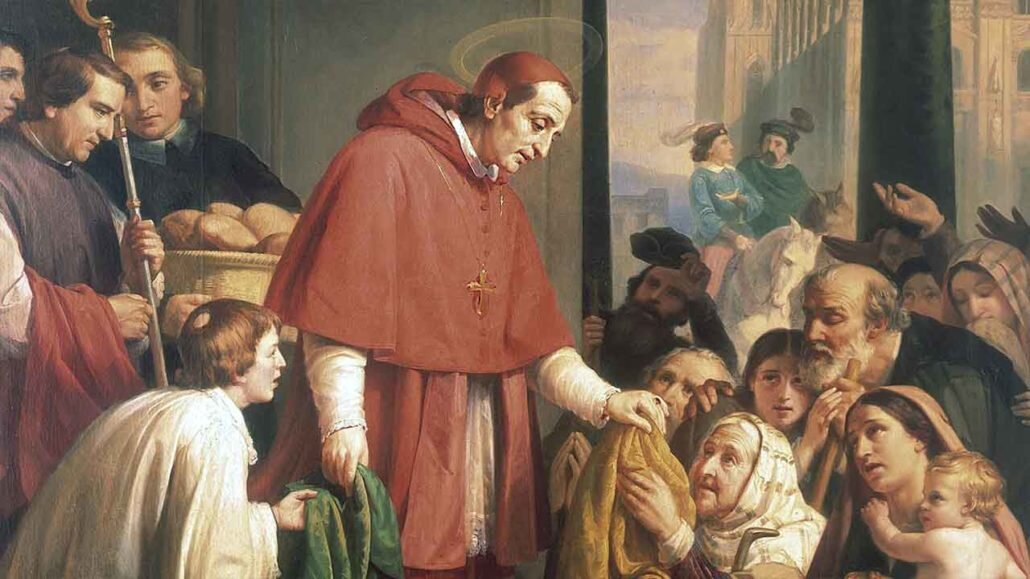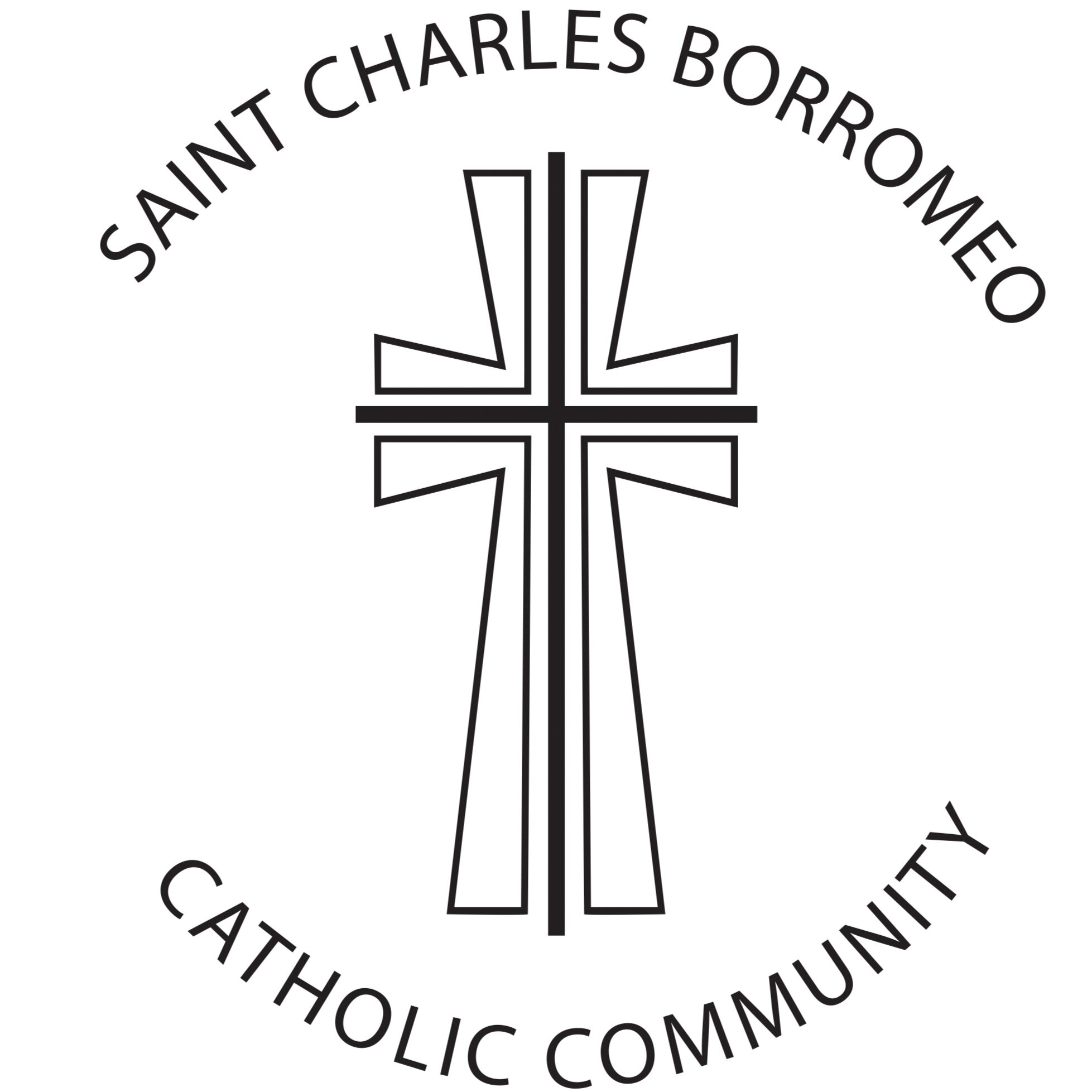
Who was St. Charles Borromeo?
Who was our patron Saint Charles Borromeo? Charles Borromeo was born on October 2, 1538, near the Alps in Lake Maggiore, Italy. He was the second son of distinguished and wealthy parents who raised him in an extremely religious atmosphere. When he was twelve, he was given tonsure, which is the cutting of hair on top of the head. This marked him for the priesthood and he was educated with that goal in mind.
Charles studied theology and also earned his degree in law at the University of Pavia in Milan. Three weeks after he received his degree, his mother’s brother became Pope and called his brilliant young nephew to Rome. Almost immediately, Pope Pius IV made Charles, aged 22, a Cardinal of the Church. Because of his skills of organization and dealing with people, the Pope promoted Charles Borromeo to the office of Secretary of State, the Cardinal Protector of several countries and of six religious orders as well as naming him Archbishop of Milan. He had many friends, played the violin, went hunting and enjoyed his life.
In 1562, Charles was appointed by the Pope to help him organize the upcoming Council of Trent. During this planning, Charles’ brother died, forcing Charles to look at the meaning and purpose of his life. He decided to be holy and make the Church, if he could, a holier place, too. He made several changes: 1) rewrote the catechism that the people learned; 2) started reforms in the preparation of candidates for the priesthood; 3) ordered changes in the prayer book of the Church; and 4) asked the Pope to decree that political appointments could no longer be made in the Church. Many of these reforms, and others with which Charles is credited, grew out of the Council of Trent.
In 1566, the Pope sent Charles back to Milan to be full-time Archbishop. He continued his work with the people, caring for them in the streets when the plague hit Milan. He nursed the sick and even saw that the curtains in his palace, his clothes and other possessions were turned into money for medicine for the poor. Charles, the Archbishop of Milan, was usually seen in rags. He taught catechism, found the sick and elderly places to stay, established schools and ran the diocese. He lived a life of prayer, slept little and ate less. He once said, “Here all kinds of poor will be housed, outsiders as well as Milanese; men, women, children because charity knows no distinction of nations, and we are all brothers and sisters in the Lord.”
Toward the end of October in the year 1584, Charles had been traveling to some outlying districts in his diocese. On the way home he fell ill with a heavy fever and had to be brought back to Milan on a stretcher. He died a few days later.
The Church that he had worked so hard to make more human recognized him as a saint in 1610. His feast day is celebrated on November 4th.
Known as the loving reformer, Charles Borromeo cared about people and wanted them to know that the Church of God cared about them, too. His changes and reforms in the way the Church was organized, changed the way that the Church listened to the people—all of them, not just the rich and powerful.
Charles Borromeo devoted his entire life to helping the people of God become more like Jesus, more like the Kingdom of the Father. Even now, he says to us that each of us can make a difference in the Body of Christ. Because we are Christians, we can reach out in special ways to help those around us and make the face of God more real in the world. In this way, we can change the world.
It is fitting that St. Charles Borromeo—lawyer, cardinal, pastor, teacher, holy man, reformer and saint—is the patron saint of our vibrant, caring, Vatican II parish. Our mission statement exemplifies his principles—we share faith in Jesus, live the Gospel and care for others.
Patronage: against ulcers; apple orchards; bishops; catechists; catechumens; colic; intestinal disorders; Lombardy, Italy; Monterey California; seminarians; spiritual directors; spiritual leaders; starch makers; stomach diseases; São Carlos in Brazil.
~ Adapted from Franciscan Communications booklet © 1932
